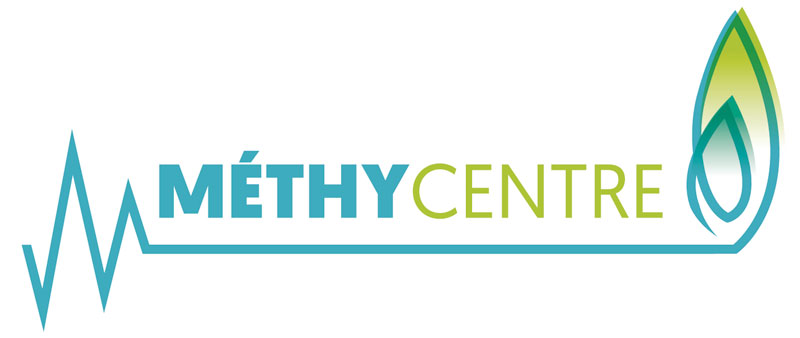Media library
Presentation of MethyCentre.
Source : ADEME – Grand défi écologique – March 2022
Presentation vidéo
Source : Région Centre-Val de Loire TV
Useful documents
The brochure of the MethyCentre project
Discover the MethyCentre brochure from Storengy
Presentation sheet prepared by ADEME
Discover the ADEME fact sheet presenting the MethyCentre project
Press Release
Find the press release from June 2018
Consultation - September 2018
Report on the consultation organized by Storengy.
Questions and Answers
How is MéthyCentre an innovative project? What is its significance ?
The innovation of MethyCentre is based on the combination of two processes: methanation and Power-to-Gas
The Power-to-Gas technology, involving the storage of surplus renewable electricity as renewable gas, is still relatively new. While other demonstrators of the Power-to-Gas process exist today, MethyCentre is the first to use CO2 derived from methanization in this process.
The objective of MethyCentre is therefore twofold: to test the techno-economic feasibility of storing electricity in the form of gas and to valorize the CO2 derived from methanization that would otherwise be lost.
The interest of storing electricity in the form of gas is to provide a more sustainable alternative to battery storage, the recycling of which remains complex today, and the manufacturing process is not always environmentally responsible.
What is hydrogen? What is it used for?
Hydrogen (H2) Dihydrogen, or hydrogen gas (H2), is naturally present on Earth. Today, it is primarily used for industrial purposes in chemistry and refining. Hydrogen can also be used as an alternative fuel to fossil fuels, thereby helping to reduce CO2 emissions2 and fine particulate matter associated with transportation. With MethyCentre, it is for this latter use, mobility, that hydrogen produced by water electrolysis will be used.
What is methane? What is it used for?
Methane (CH4) is a gas composed of carbon (C) and hydrogen (H). Of fossil origin, it is naturally present in the Earth’s subsurface where it is extracted to be transported to the consumer through networks (pipelines, transportation, and distribution networks). It is also referred to as “natural gas.”
Methane can also be locally produced through processes using renewable sources: methanization (organic matter valorization) and methanation (combination of renewable hydrogen and CO2). We can then refer to it as “biomethane.”
As a combustible energy carrier, this energy vector has multiple uses:
– Domestic uses: heating, hot water, cooking
– Industrial uses: heat, electricity production, chemistry
– Clean mobility: alternative fuel (Compressed Natural Gas or CNG)
What renewable energy sources does MethyCentre use?
MethyCentre uses various renewable energy sources to produce hydrogen and biomethane: organic matter and renewable electricity.
The organic materials used in the methanization process come from nearby agricultural operations located in Indre-et-Loire (37) and Loir-et-Cher (41).
MethyCentre will use renewable electricity for its water electrolysis process. This electricity will not be produced directly on-site. MethyCentre will use electricity from the electrical grid but will ensure the renewable nature of its consumption through the purchase of renewable origin guarantee certificates.
